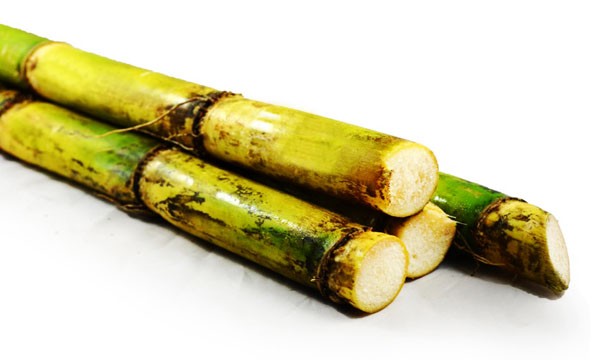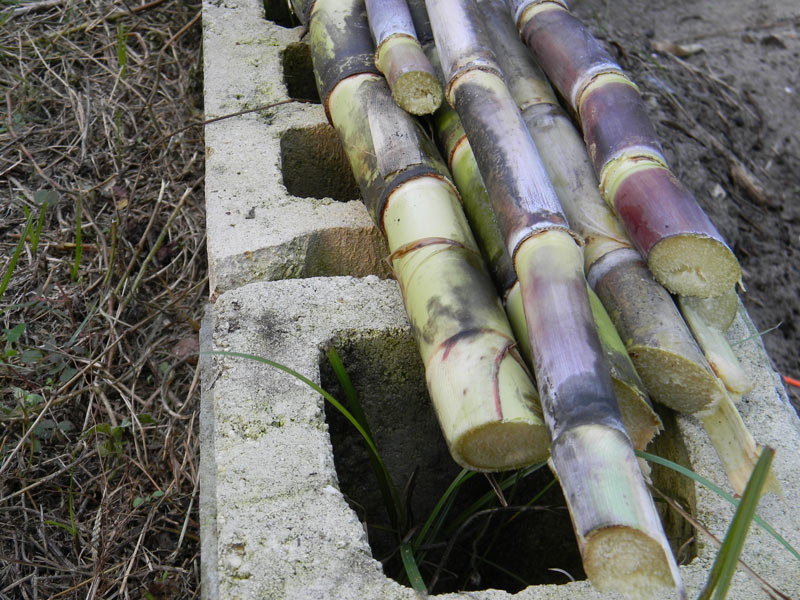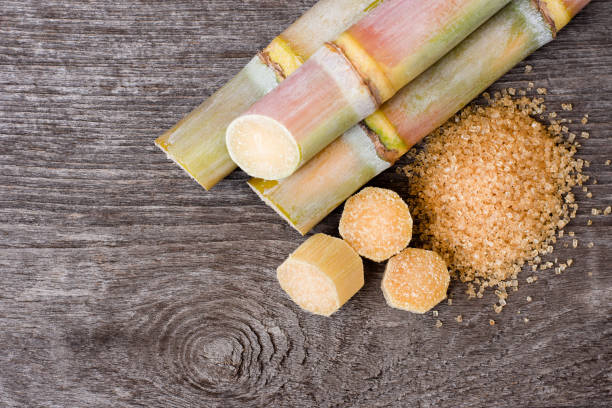The Difference Between Sugar and Cane: Understanding the Basics
The Difference Between Sugar and Cane: Understanding the Basics
Blog Article
Exactly How Cane Sugar Processing Chemicals Improve Sugar Quality and Return
The duty of processing chemicals in walking stick sugar manufacturing is crucial, as they straight affect both the top quality and yield of the last product. By employing materials such as lime and phosphoric acid, manufacturers can efficiently get rid of pollutants and boost extraction efficiency. Moreover, the consolidation of activated carbon and enzymes offers to optimize the breakdown of complex sugars, ultimately causing a purer and higher-quality sugar. The intricacies of exactly how these chemicals engage within the processing atmosphere raising questions regarding their lasting implications and potential advancements in the sector.
Summary of Walking Cane Sugar Processing
Walking cane sugar handling entails a collection of important steps that transform raw sugarcane right into refined sugar products. The process begins with harvesting, where fully grown sugarcane stalks are cut and transported to refining centers. Upon arrival, the walking stick goes through cleaning to eliminate pollutants such as soil and plant products.
Adhering to cleaning, the walking cane is crushed to remove the juice, which consists of sucrose - sugar and cane. This juice undergoes explanation, where lime and warm are used to remove continuing to be contaminations and non-sugar elements. The clarified juice is after that evaporated to concentrate the sugar material, leading to the formation of thick syrup
Following, the syrup is crystallized with a regulated air conditioning process, leading to sugar crystals. These crystals are separated from the remaining syrup in centrifuges. The raw sugar acquired is generally brownish as a result of residual molasses web content. To accomplish refined sugar, additional filtration steps are used, including washing, re-crystallization, and drying out.
The end product is either packaged as raw sugar or additionally refined right into white sugar, satisfying various consumer and industrial requirements. This extensive series of actions ensures the production of top notch sugar, important for countless applications in food and drink industries.
Secret Handling Chemicals Utilized
The production of polished walking cane sugar depends on numerous handling chemicals that play considerable functions at different stages. Amongst the most vital are lime (calcium hydroxide), phosphoric acid, and sulfur dioxide. Lime is primarily utilized throughout the information phase to neutralize acidity and precipitate impurities, causing a clearer juice. This step is necessary for enhancing the overall top quality of the drawn out juice.
Phosphoric acid offers a dual objective; it enhances the information process and aids in the removal of color-forming compounds, contributing to a higher pureness of the end product. Additionally, sulfur dioxide functions as a whitening representative, enabling for the effective elimination of unwanted pigments and enhancing the color of the sugar.
Various other remarkable chemicals consist of turned on carbon, which is used for further decolorization, and enzymes that help with the breakdown of complicated sugars right into less complex kinds, hence enhancing return. The mindful selection and application of these processing chemicals are vital for optimizing the efficiency of sugar extraction and refining processes, eventually bring about an extra constant and better sugar product.

Effect on Sugar Top Quality
How do processing chemicals affect the high quality of refined sugar? The introduction of different chemicals in the walking cane sugar handling stage substantially enhances the purity and overall top quality of the last product.
Additionally, making use of activated carbon and ion-exchange resins throughout the refining process plays a crucial function in eliminating off-flavors and unfavorable smells, adding to the sugar's sensory profile. This refinement not just elevates the visual and organoleptic high qualities but also improves the service life by minimizing microbial activity connected with pollutants.
Additionally, the specific application of these chemicals makes sure that the sugar exhibits a constant grain dimension and flowability, which are important features for both commercial applications and customer preferences. Generally, the calculated usage reference of handling chemicals is fundamental in accomplishing top notch polished sugar that meets industry requirements and customer expectations.

Enhancing Return Performance
Enhancing yield effectiveness in walking cane sugar processing includes optimizing various phases of manufacturing to maximize the amount of sugar extracted from raw walking stick. One crucial facet is the selection and application of appropriate handling chemicals, which can facilitate the malfunction of cell wall surfaces and enhance sugar release throughout extraction. Chemicals such as acids and enzymes play a vital duty in this process by hydrolyzing polysaccharides and liquifying impurities, consequently improving the overall removal efficiency.

Regular monitoring and adjustment of processing specifications are important to maintain effectiveness throughout manufacturing (sugar and cane). By employing these techniques, sugar manufacturers can not only raise the quantity of sugar obtained yet likewise lower waste and lower manufacturing prices, adding to a much more profitable and lasting sugar handling procedure
Benefits for Producers and Customers
Walking stick sugar processing chemicals supply considerable benefits for both customers and manufacturers, developing a more reliable and lasting sector. For producers, these chemicals improve removal procedures, resulting in higher returns and enhanced sugar high quality. By optimizing the purification and crystallization phases, they lower waste and boost general productivity, which can dramatically lower production costs. This efficiency enables producers to remain affordable in a global market characterized by varying prices and demand.
The better top quality of sugar translates to better preference and uniformity in food items. Furthermore, the usage my blog of processing chemicals can lead to an extra steady supply of sugar, minimizing lacks and rate spikes that can take place due to ecological aspects or market variations.
Conclusion

The duty of processing chemicals in walking stick sugar manufacturing is critical, as they straight influence both the high quality and yield of the last item (sugar and cane). The unification of activated carbon and enzymes serves to optimize the break down of complex sugars, eventually leading to a purer and higher-quality sugar.Walking stick sugar handling involves a collection of vital steps that transform raw sugarcane into refined sugar products.Enhancing return effectiveness in cane sugar processing entails optimizing different phases of manufacturing to make the most More Info of the amount of sugar drawn out from raw cane.Walking cane sugar handling chemicals play a crucial role in boosting both sugar high quality and yield
Report this page